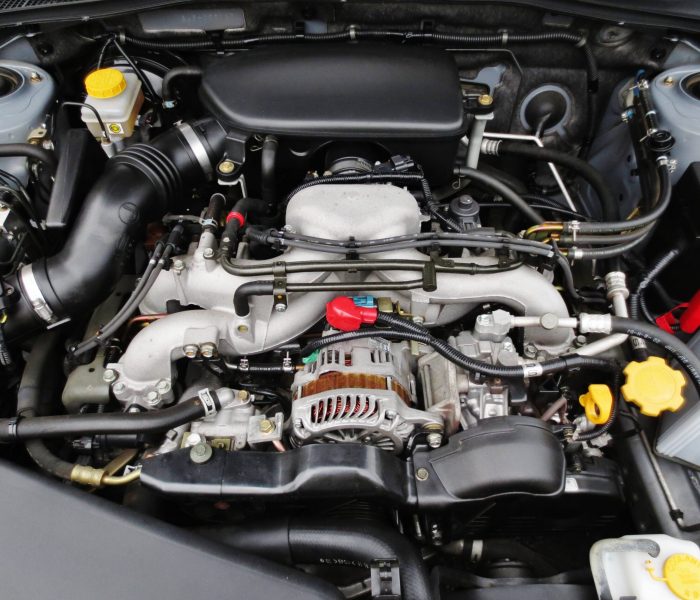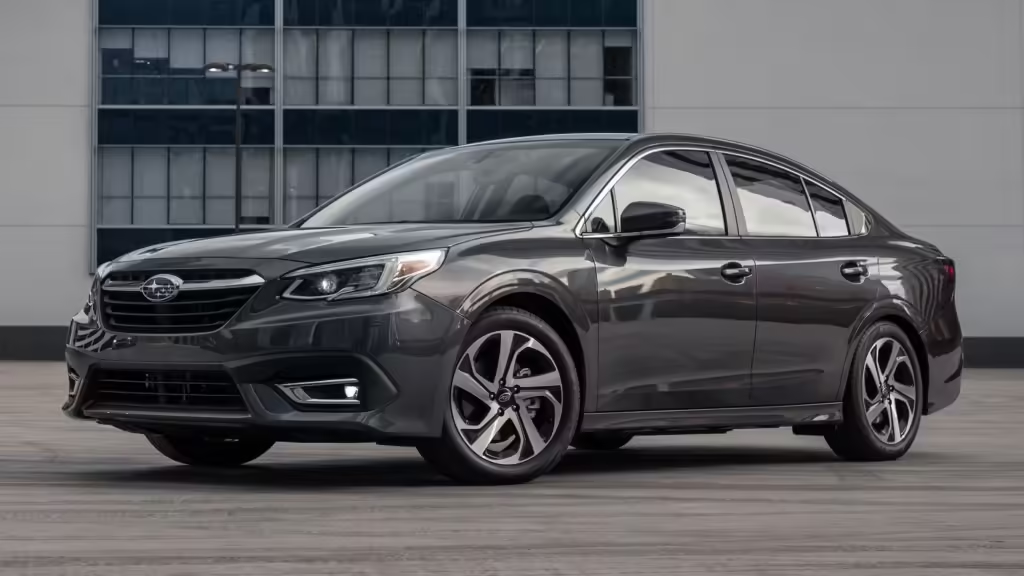Overview
The Subaru Legacy is a popular mid size car built by Japanese manufacturer Subaru since 1989. This car gained a strong reputation for its all-wheel-drive system , safety features and reliable performance. In 1990, the legacy was declared the number-one-selling 4-wheel drive car in the US by R.L Polk & Company, based on registration statistics for CYE 1989. The Legacy is a well-loved model for those who prioritize dependability and versatility. However, like any vehicle, it may face certain challenges , particularly with a used Subaru Legacy engine. If you want to buy used Subaru Legacy engines ,then you’re at the right place , we are here to serve you all types of used engine and transmission. We can provide you the engine you need in an affordable price and top-notch quality with 1 year warranty also. USA Auto Parts give customer satisfaction also.
Common Issues in Used Subaru Legacy Engines
- Head Gasket Failures: Head gasket failures are usually the result of engine overheating, so ensure coolant is topped up and the coolant system is in good working condition, with no leaks and an efficient radiator.
- Oil Consumption: Some used Subaru Legacy engines, particularly the EZ36 variant, are known for excessive oil consumption. Keeping an eye on oil levels is critical to prevent further damage.
- Timing Belt or Chain Problems: Timing belts are timing chains for engines with larger bores and strokes. They play a significant role in how internal combustion engines work. They harmonize camshaft and crankshaft rotation, and if both of these are in sync, the valves and pistons will operate correctly.
- Turbocharger Wear: Most of the failures caused by the three ‘turbo killers’ of oil starvation, oil contamination and foreign object damage. More than 90% of turbocharger failures are caused either by oil starvation or oil contamination.
- Cooling System Issues: A malfunctioning cooling system can cause engine overheating, which may result in significant damage to a used Subaru Legacy engine if not addressed promptly.
Why Subaru Legacy Engines Are Known for Their Reliability
The Subaru Legacy has built a strong reputation for reliability, making it a favorite among drivers who value long-lasting performance and durability. Several key factors contribute to the reliability of Subaru Legacy engines, setting them apart in the automotive world.
- Boxer Engine Design:
One of the defining features of the Subaru Legacy is its horizontally opposed Boxer engine. A pattern in which the cylinders are situated on either side of a central crankshaft and are 180-degrees apart. - Proven All-Wheel Drive System:
The Subaru Legacy comes standard with Subaru’s renowned all-wheel-drive (AWD) system, which works seamlessly with the engine to provide consistent power distribution. This AWD system reduces strain on the engine by evenly distributing the load, which helps in maintaining the engine’s longevity and reducing the risk of mechanical failures. - Robust Engineering and Quality Control:
Subaru is known for its meticulous engineering and high-quality manufacturing standards. Each Subaru Legacy engine is built with precision and undergoes rigorous testing to ensure it meets Subaru’s strict reliability standards. This attention to detail ensures that Subaru Legacy engines can withstand years of use without major issues. - Durability and Longevity:
Subaru Legacy engines are designed to last. Many Subaru owners report driving their vehicles well over 200,000 miles with minimal problems. This longevity is a testament to the durable materials and advanced engineering that go into each Subaru Legacy engine. - Regular Maintenance and Easy Serviceability:
Subaru Legacy engines are relatively easy to maintain, with accessible components that make routine maintenance straightforward. This ease of maintenance encourages regular servicing, which plays a significant role in the engine’s long-term reliability.
- Boxer Engine Design:

Popular Engine Upgrades for the Subaru Legacy
Upgrading the engine of your Subaru Legacy can enhance performance, improve power delivery, and add a personalized touch to your driving experience. Here are some popular Subaru Legacy engine upgrades that can boost your vehicle’s performance:
Performance Air Intake Systems:
Upgrading to a high-performance air intake system allows your engine to breathe more efficiently. By increasing airflow to the engine, you can improve horsepower, torque, and throttle response. Cold air intakes are especially popular among Legacy owners for enhancing performance without major modifications.
Exhaust System Upgrades:
Replacing the factory exhaust system with a performance exhaust can increase horsepower and create a more aggressive engine sound. Upgraded exhaust systems reduce back pressure, allowing exhaust gasses to exit more efficiently and improving overall engine performance.
Turbocharger and Supercharger Kits:
For those seeking significant power gains, installing a turbocharger or supercharger can drastically boost engine output. These forced induction systems increase the amount of air and fuel your engine can burn, resulting in a substantial horsepower increase. However, these upgrades require supporting modifications, such as upgraded fuel systems and cooling solutions.
Engine Tuning and ECU Remapping:
Engine tuning or ECU remapping optimizes your Legacy’s engine control unit (ECU) for better performance. By adjusting parameters like fuel delivery, ignition timing, and boost pressure (if turbocharged), you can unlock additional horsepower and improve fuel efficiency. Tuning is particularly effective after other engine modifications.
High-Performance Spark Plugs and Ignition Coils:
Upgrading spark plugs and ignition coils can improve combustion efficiency and ensure more reliable spark delivery. High-performance spark plugs offer better ignition in high-compression engines, leading to smoother power output and improved throttle response.
Aftermarket Fuel Injectors:
For those pushing their engine’s limits, upgrading to high-flow fuel injectors ensures that the engine receives the right amount of fuel under high-performance conditions. This is especially important when adding a turbocharger or increasing boost levels.

